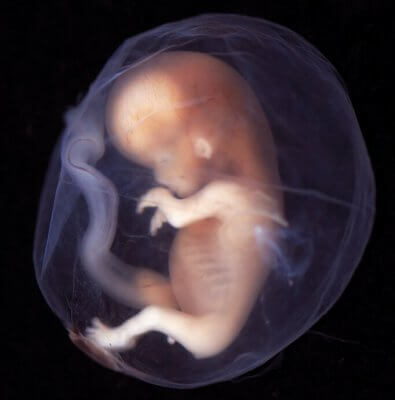A case this week has highlighted a problem with surrogacy that has previously been considered by the President of the Family Division, Sir James Munby.
When a child is born as a result of a surrogacy arrangement only the surrogate mother and (usually) her husband or civil partner, if she has one, are legally the parents of the child, even if the surrogate mother is not the child’s biological parent. This situation can be rectified by the biological parents, who will be bringing up the child, applying for a parental order, which has the effect of transferring the legal status of parents from the surrogate mother (and her husband/civil partner) to the biological parents.
The problem is that, as the law stands at present, a parental order can only be applied for by two people. An application by a single person is not allowed. In a previous case the President declared that this situation is incompatible with the human rights of a single biological parent and the surrogate mother. The Government is therefore considering changing the law to allow single applications. However, until the law changes, the problem remains.
In the case this week, M v F & SM (Human Fertilisation and Embryology Act 2008), a single applicant was seeking a parental order. The situation was that the child was born as a result of a gestational surrogacy arrangement between the applicant and her male partner. Their gametes were used to create an embryo that was then implanted in the surrogate mother. As soon as the child was born the surrogate mother surrendered him into the care of the applicant.
Unfortunately, during the course of the pregnancy the relationship between the applicant and her partner broke down. The partner has indicated that he does not wish to be involved in the child’s upbringing. Accordingly, the applicant did not have anyone else with whom to seek a parental order.
The case went before Mr Justice Keehan in the High Court. Unable to make a parental order, he approved the continuation of an order (at least until such time as the law is changed) whereby the child was made a ward of court, with care and control of him being granted to the applicant and the surrogate mother being prohibited from removing him from the applicant’s care.
You can read the full report of the case here.
Image: Embryo week 9-10 by lunar caustic, licensed under CC BY 2.0.

